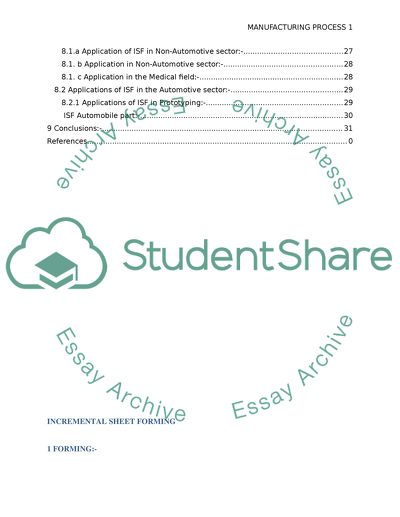Cite this document
(“INCREMENTAL SHEET FORMING ( Mechanical Engineering ) Essay - 1”, n.d.)
Retrieved from https://studentshare.org/engineering-and-construction/1646866-incremental-sheet-forming-mechanical-engineering
Retrieved from https://studentshare.org/engineering-and-construction/1646866-incremental-sheet-forming-mechanical-engineering
(INCREMENTAL SHEET FORMING ( Mechanical Engineering ) Essay - 1)
https://studentshare.org/engineering-and-construction/1646866-incremental-sheet-forming-mechanical-engineering.
https://studentshare.org/engineering-and-construction/1646866-incremental-sheet-forming-mechanical-engineering.
“INCREMENTAL SHEET FORMING ( Mechanical Engineering ) Essay - 1”, n.d. https://studentshare.org/engineering-and-construction/1646866-incremental-sheet-forming-mechanical-engineering.


